How RPM Is Reducing Readmissions for Healthcare Systems

Today, healthcare systems face mounting pressure to deliver improved patient outcomes while simultaneously reducing costs. One of the most challenging metrics healthcare systems must address is readmission rates, which can significantly impact both patient health and financial performance under value-based payment models. Remote Patient Monitoring (RPM) has emerged as a powerful solution to this challenge, providing continuous visibility into patient health beyond hospital walls.
The Readmission Challenge in Value-Based Care
Hospital readmissions represent both clinical failures and financial liabilities in value-based environments. With programs like the Hospital Readmissions Reduction Program (HRRP) imposing penalties for excessive readmissions, hospitals have strong incentives to implement effective solutions.
The traditional gaps in care that occur after discharge often lead to preventable complications, medication non-adherence, and deteriorating conditions that ultimately result in costly readmissions. These gaps are precisely where RPM technology is making its greatest impact.
How RPM Creates Continuous Care Connections
Remote patient monitoring bridges the crucial gap between hospital discharge and follow-up appointments by:
Providing real-time physiological data to clinicians
Enabling early intervention before conditions worsen
Creating consistent touchpoints between patients and care teams
Empowering patients with greater health insights and accountability
For patients with chronic conditions like heart failure, COPD, and diabetes—conditions associated with high readmission rates—this continuous monitoring can be particularly transformative.
Key RPM Benefits That Are Reducing Readmissions
Early Detection of Deterioration
RPM platforms allow clinicians to monitor vital signs and symptoms remotely, identifying concerning trends before they become emergencies. For example, weight increases in heart failure patients can signal fluid retention days before serious symptoms develop, allowing for medication adjustments that prevent readmission.
Medication Adherence Support
Many readmissions stem from medication non-compliance. RPM programs often include medication reminders and adherence tracking, addressing one of the primary drivers of post-discharge complications.
Enhanced Patient Education and Engagement
When patients actively participate in monitoring their own health metrics, they develop greater understanding of their conditions and treatment plans. This increased engagement translates to better self-management and fewer complications requiring rehospitalization.
Data-Driven Care Management
The wealth of patient data collected through RPM enables more personalized care decisions and resource allocation. Care teams can prioritize outreach to high-risk patients showing concerning trends rather than applying a one-size-fits-all approach to follow-up care.
Validic Impact: Transforming Readmission Reduction Efforts
Validic Impact stands at the forefront of RPM innovation, offering value-based hospitals a comprehensive solution designed specifically to address readmission challenges. Validic's RPM solution is designed to integrate directly with major EHR systems, including Epic and Oracle Cerner. This integration allows for the seamless incorporation of patient-generated health data (PGHD) into clinical workflows, making it accessible to healthcare providers when they need it most.
Key Features of Validic Impact
Validic Impact distinguishes itself through several critical capabilities:
Extensive Device Ecosystem: The platform connects with over 600 consumer and clinical health devices, allowing patients to use familiar technology they already own or easily adopt new devices.
Smart Alert Configuration: Rather than overwhelming clinical teams with data, Validic Impact utilizes configurable thresholds and trend analysis to generate meaningful, actionable alerts when intervention is truly needed.
EHR Integration: Validic Impact seamlessly incorporates remote monitoring data into existing clinical workflows like Epic and Cerner, eliminating documentation burdens and ensuring continuity of care.
Population Health Analytics: Beyond individual monitoring, Validic Impact provides population-level insights that enable proactive care management and resource optimization.
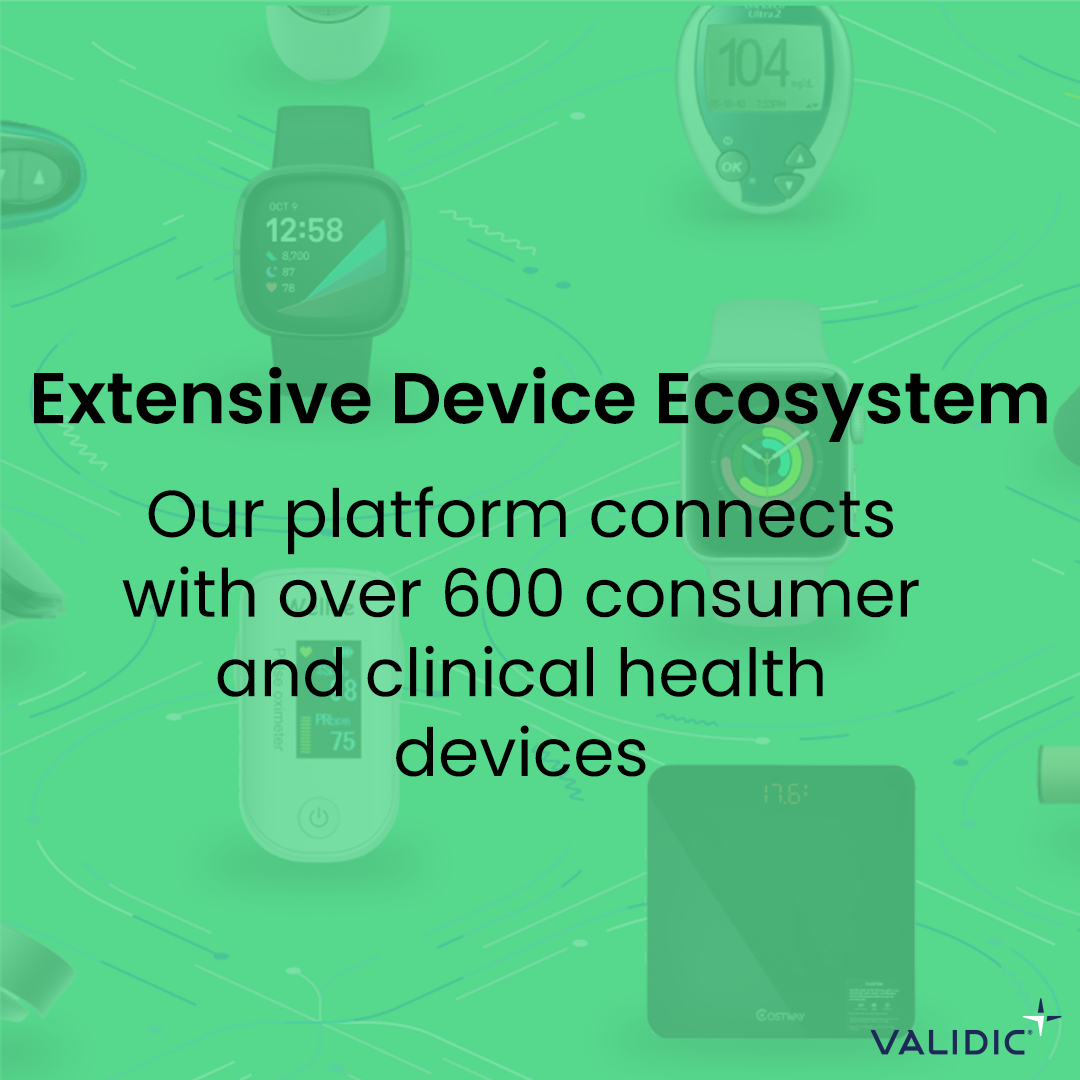 | 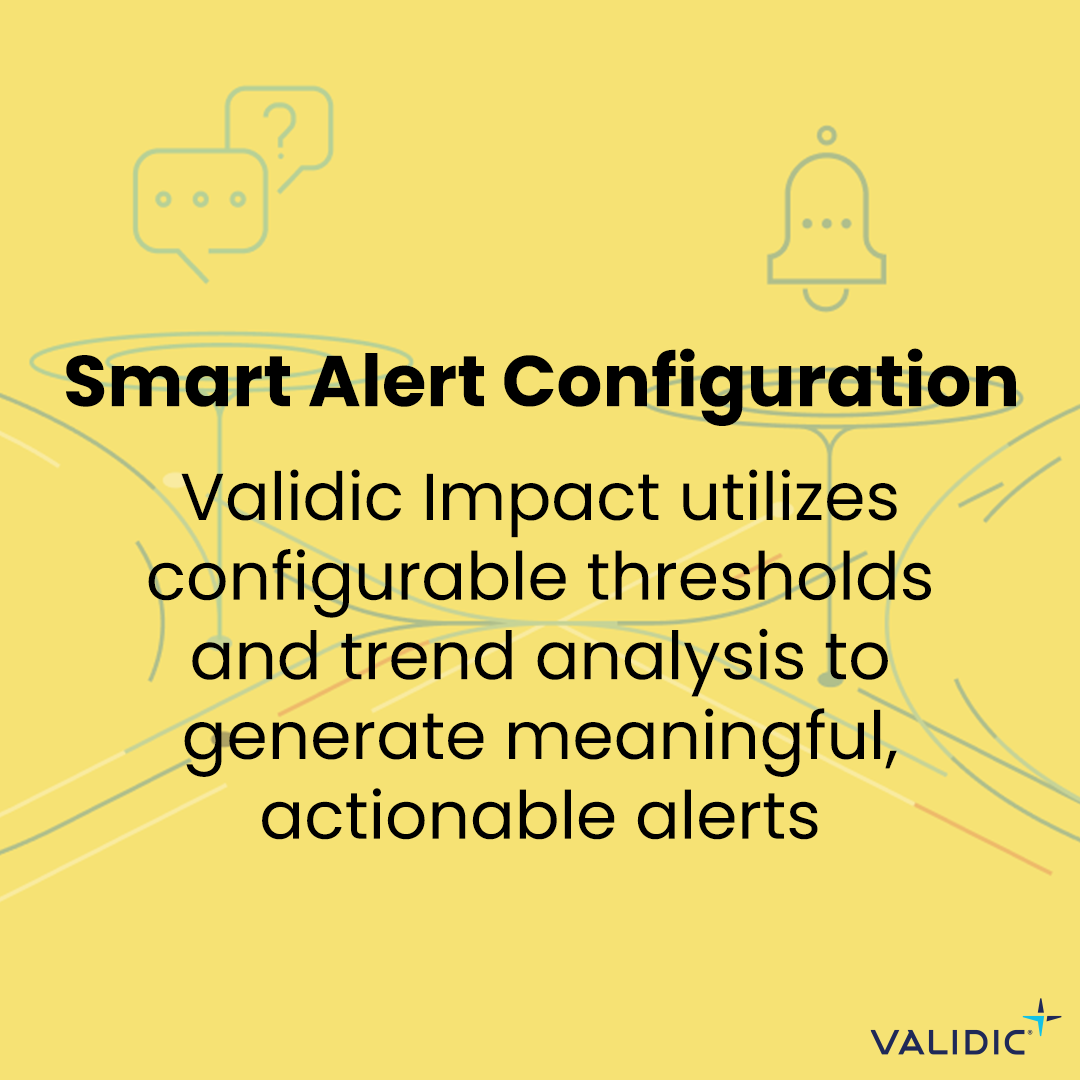 | 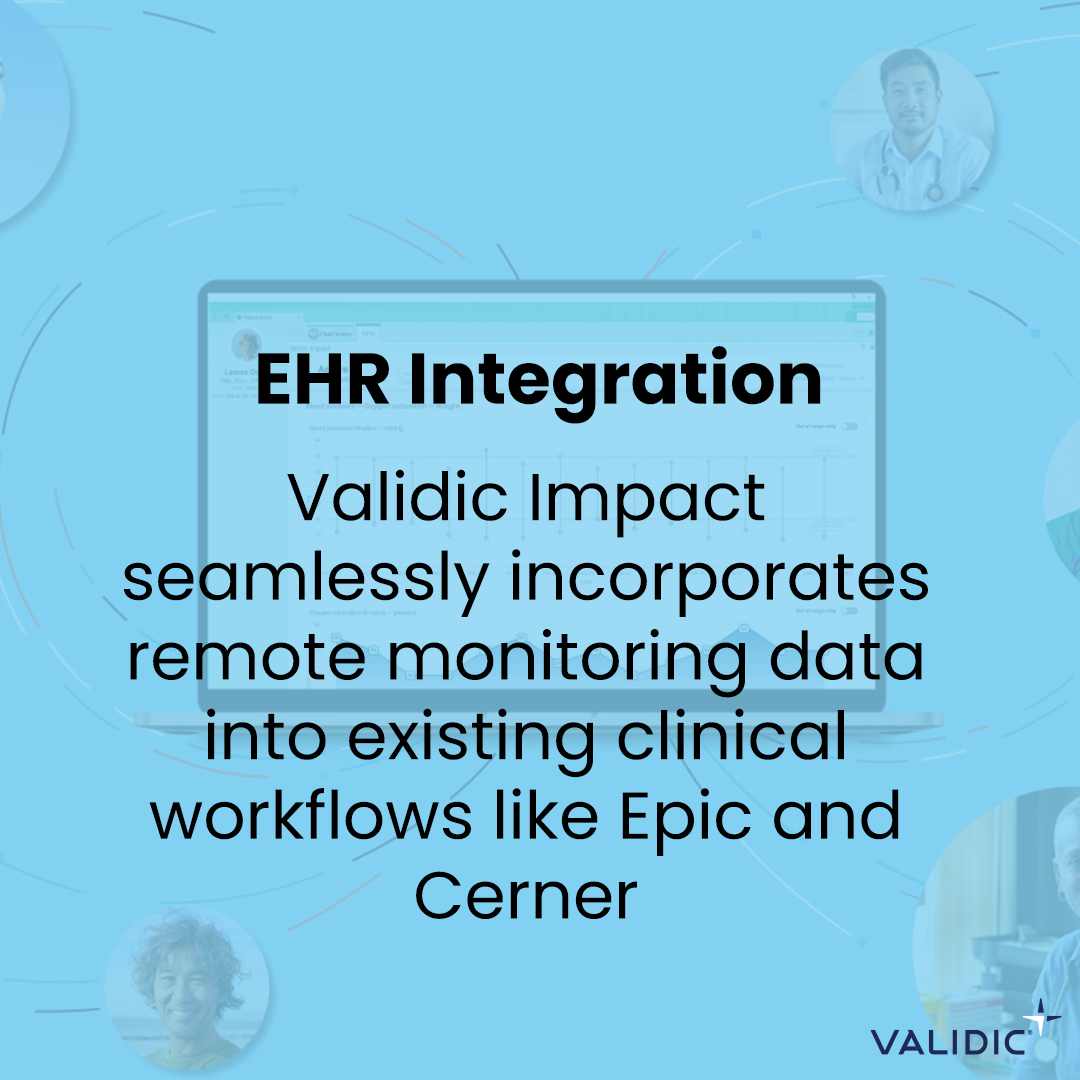 | 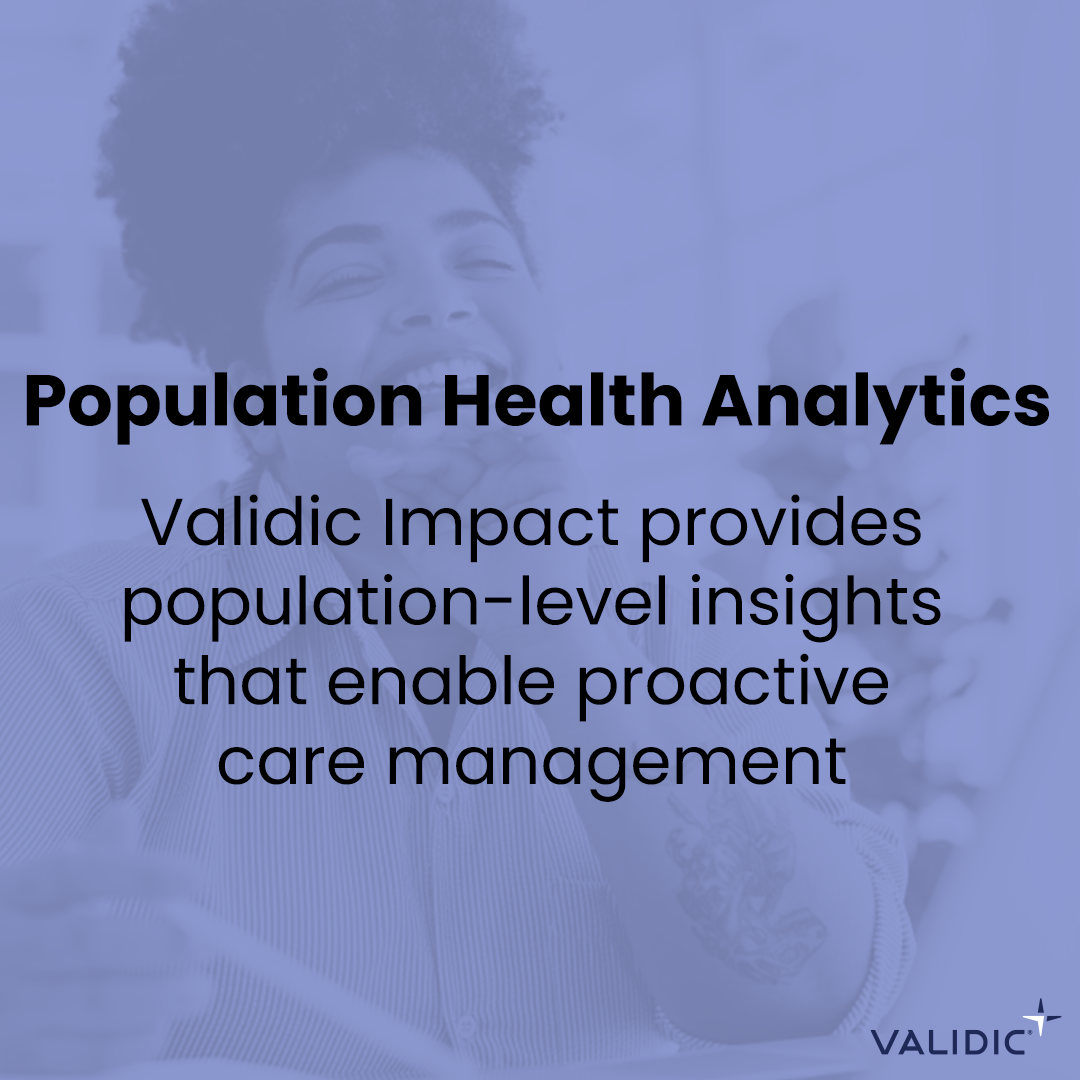 |
Demonstrated ROI of Validic Impact
By providing continuous monitoring and timely interventions, Validic's RPM solution helps to improve patient outcomes.
Patients with hypertension using Validic have seen an average drop of 12% in systolic blood pressure within six weeks.
The integration of RPM data into EHRs may reduce the administrative burden on clinicians, allowing them to focus on patient care. A study found that clinicians using Validic's personalized care solution spent 63% less time on the phone with patients.
One client reported a $1,400 per patient per month reduction in total cost of care for patients enrolled in Validic’s intervention program.
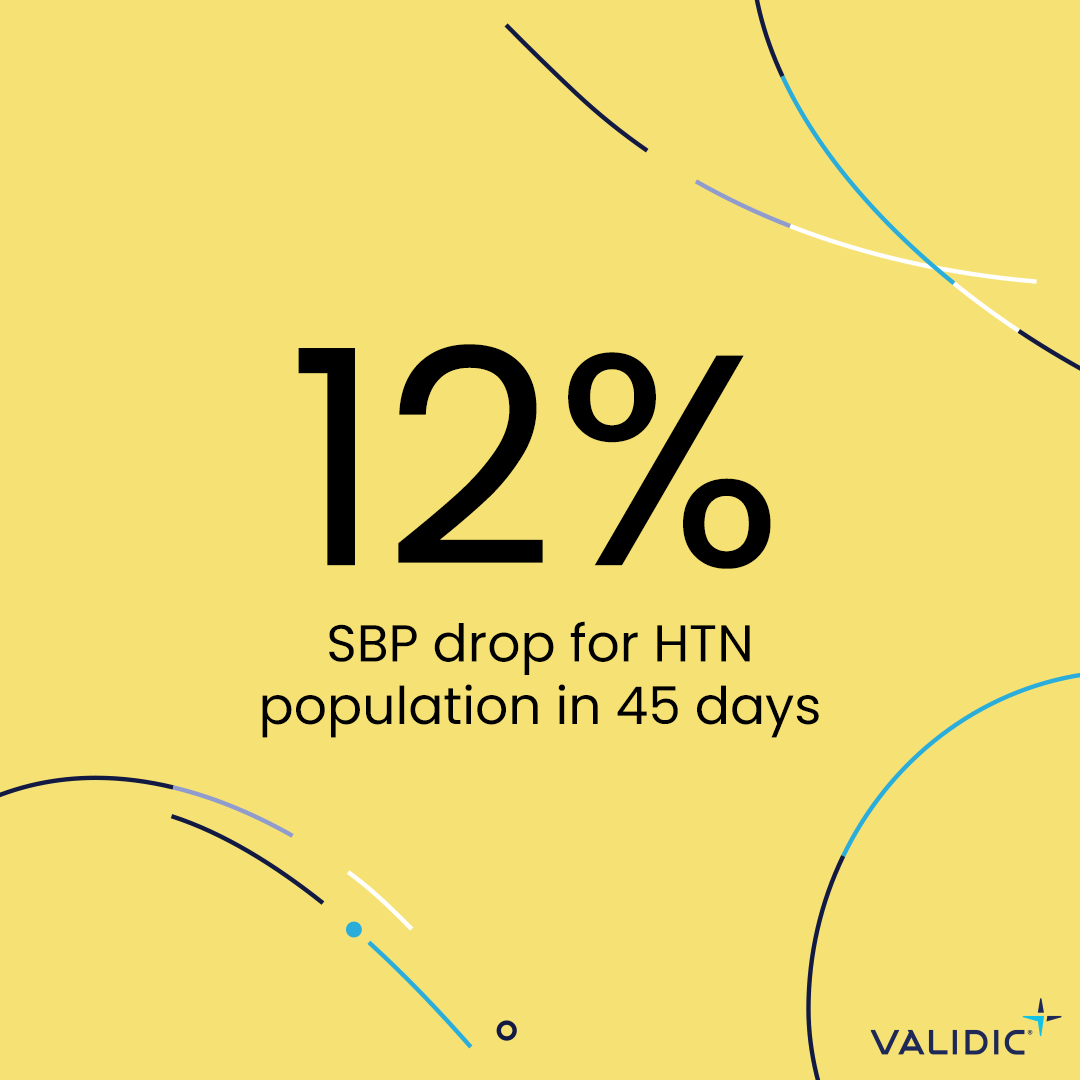 | 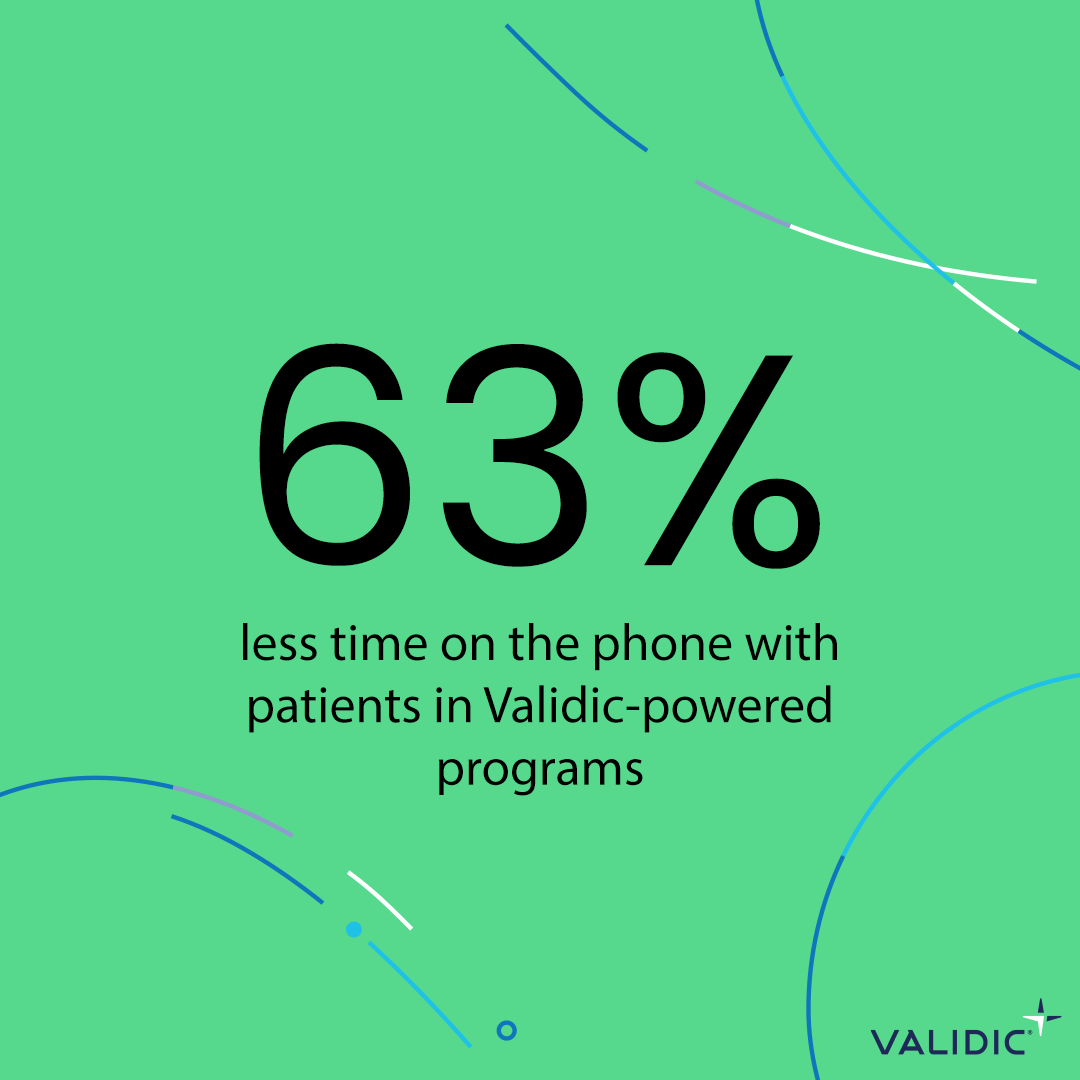 | 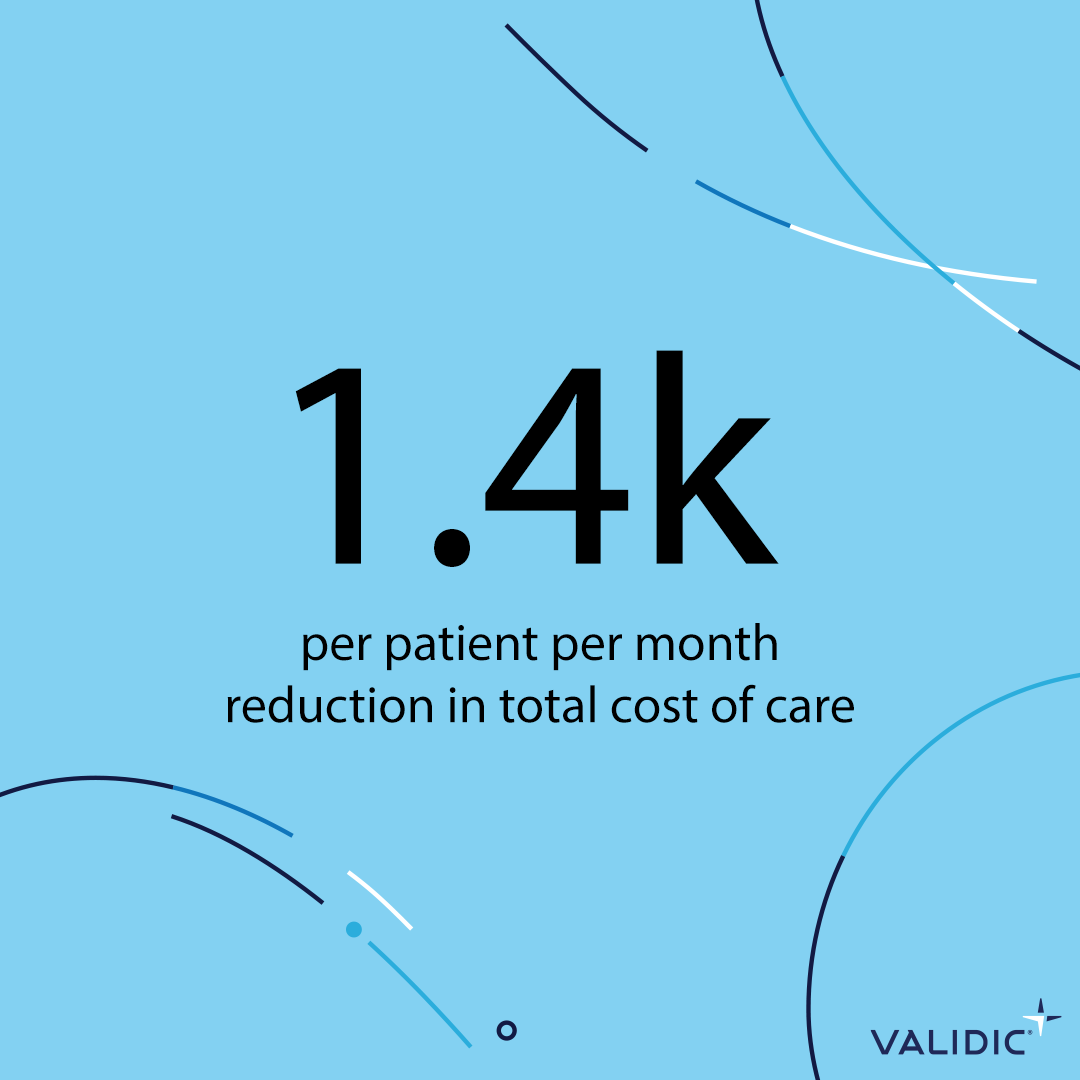 |
Patients engaged in RPM programs are more likely to adhere to treatment plans and make healthier lifestyle choices, which may lead to better health outcomes and higher patient satisfaction rates. Validic's RPM solution supports healthcare organizations to achieve value-based care goals by helping to improve clinical outcomes and reducing costs, contributing to better performance on chronic condition management quality measures and potentially higher reimbursements.
Implementation Considerations for Value-Based Hospitals
For hospitals looking to harness RPM to reduce readmissions, several factors are critical for success:
Selecting user-friendly technology that works for both patients and clinicians
Creating clear clinical workflows for responding to RPM alerts
Integrating RPM data with existing EHR systems
Developing sustainable reimbursement strategies leveraging available RPM codes
Focusing initial efforts on high-risk patient populations
The Future of RPM in Value-Based Care
As RPM technology continues to evolve, we're seeing increasing integration with artificial intelligence to predict deterioration even earlier. Additionally, the expansion of connected devices and wearables is making RPM less intrusive and more comprehensive.
For value-based hospitals, RPM represents not just a technological solution but a fundamental shift in care delivery, extending clinical oversight beyond facility walls and transforming episodic care into continuous health management.
By investing in robust RPM programs, forward-thinking hospitals are simultaneously addressing readmission challenges, improving patient outcomes, and strengthening their position in an increasingly value-driven healthcare ecosystem.